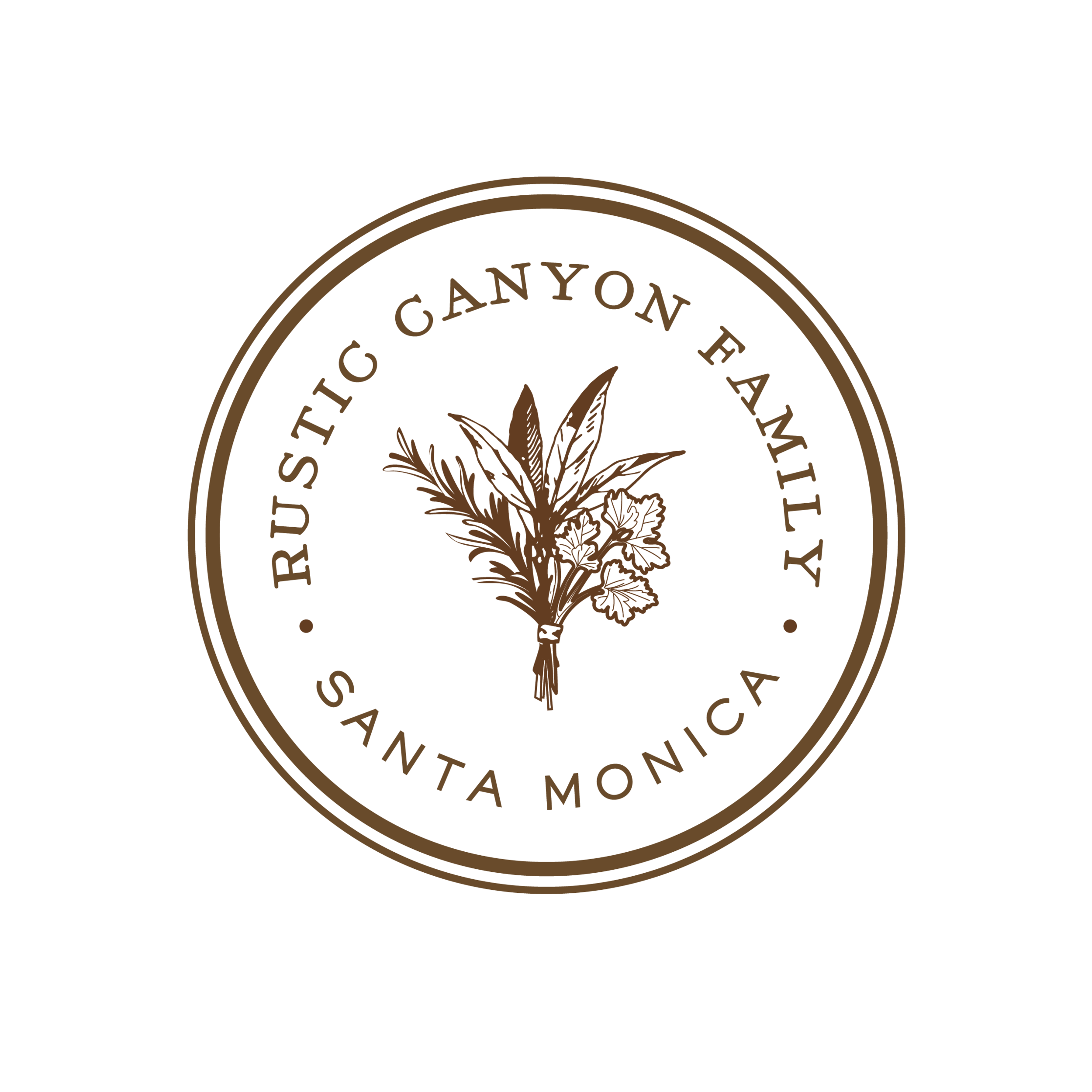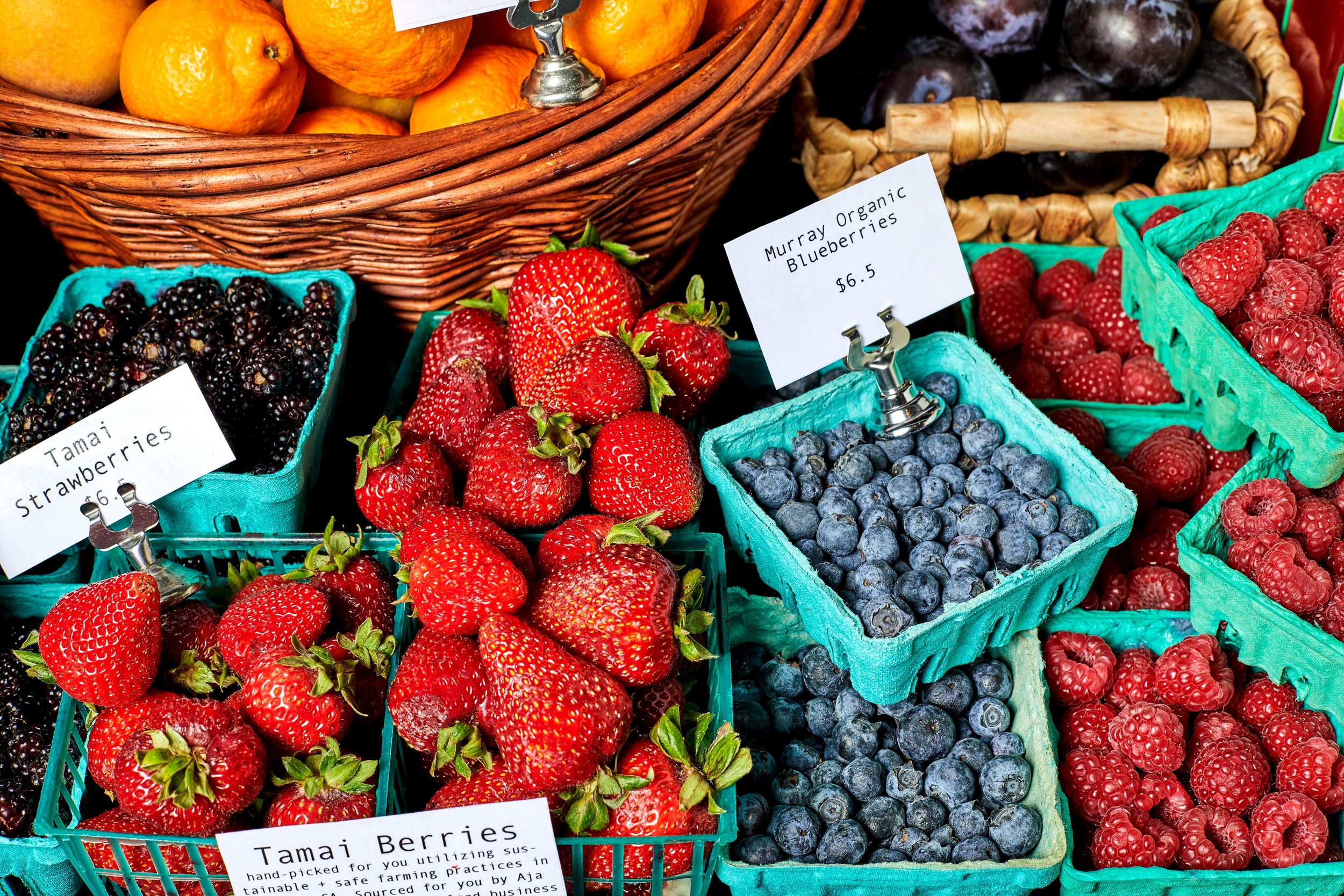Our Sourcing Beliefs & Guide
We want to ensure that the food we’re feeding ourselves, our families and our guests is good for our bodies, while also preserving the life of our planet. We’ve outlined our philosophy and put together this list of planet-friendly farming practices our group looks for when sourcing ingredients for our restaurants.
Reciprocity, where we give and take with the land, was a central practice of our country's indigenous populations, and it’s a practice we want to support moving forward. Many of the following methods create healthy soils, long-term sustainability and can actually help reverse global warming through carbon sequestration. Many refer to this movement as “regenerative farming,” but it’s ultimately how indigenous peoples always cared for and farmed the land.
As certifications change or new ones are added (i.e., regenerative organic certified), this list will change. We also understand that sometimes getting these certifications are cost-prohibitive to some small farmers (check out our partnership with The CCOF Foundation to help solve this!), but they may still be following great, planet-friendly practices. Sometimes we fall in love with something and might “break a rule,” because rules are occasionally meant to be broken. We only do that because it’s an ingredient that inspires us or tugs at our heartstrings - not because of cost or ease. This allows us to bring something cool from across the world for special occasions.
On the flip-side, some certified-organic farmers aren’t rotating their crops or are heavily tilling—both of which can cause just as much harm to the land as conventional farming. The important thing for our employees is to watch out for any misleading “green washing” terms, and ask our purveyors questions about how they grow their produce or raise their livestock. Having that open dialogue helps us gain a better understanding of their process, or perhaps there’s even a way our group can support them in making changes. If we’re still unsure, we ask for a visit! Any farmer who is truly following these practices will be thrilled and proud to show us what they’re doing.
Vegetables, Fruits & Grains
- Vegetable, Fruits and Grains are certified-organic or biodynamic. If not certified-organic, they must be grown without using synthetic herbicides, pesticides and fungicides and no GMOs (Genetically Modified Organisms).
- Are grown locally or regionally – the closer the farm is to us, the better, to help support our state’s economy and eliminate our carbon footprint
- Ideally, these crops are grown are farms that practice the following:
Polyculture, Mixed Cropping, Inter-Cropping, Agroforestry or Silvopasture – all of these methods involve planting multiple kinds of crops (especially perennials) and sometimes rotating them to create more biodiversity and soil health (the last one incorporates grazing animals). Monoculture is not what nature intended and leads to nutrient-poor soil. Have you ever seen a wild field of JUST corn and ONLY corn?
Cover Crops – Soil should never be bare, as this leads to erosion, run-off, drought and depletes the soil of nutrients. It’s a vicious cycle.
No-Till – Tilling actually removes healthy micro-organisms and rips up root structures and fungal networks in the soil. This leads to major loss of top soil, water and wind erosion and more.
- Even better if this produce is grown from heirloom varietals – it helps increase biodiversity, is often more flavorful and nutritious, and it protects farmers if one particular variety suffers from pests, drought, etc.
Meat, Poultry, Fish & Dairy
- Animals must be hormone-free and antibiotic-free
- Animals are fed organic, non-GMO feed that’s a part of their natural diets. They should be eating what nature intended for them – grass-fed for cows (not corn), seeds & insects for chickens (no soy), krill & shrimp for fish (not pellets containing poultry feathers & poop), etc.
- Animals are not raised on CAFOs (Concentrated Animal Feeding Operations). Cows, pigs and chickens should be free-range, pasture-raised, cage-free, fish should be wild, etc. You still need to ask specific questions about how these animals are raised though, as sometimes these commercial labels can be misleading.
- Most animals are raised locally or regionally, when possible – the closer the operation is to us, the better, to help support our state’s economy and eliminate our carbon footprint.
- Even better if ranchers are employing holistic management or forms of rotational or planned grazing.
- If purveyors are from out-of-state or international, it’s important that those purveyors follow the first 3 bullet points. For example, Milo + Olive sources from Tasmania’s Cape Grim Beef (grass-fed, free-range) which made a deal with Quantum Airlines to piggyback on daily flights from Melbourne to LAX to help alleviate the carbon footprint.
- Aged/preserved items like charcuterie, cheese and caviar should ideally be domestic whenever possible, but there are often a few imported brands who follow the previous responsible practices, like Aniata (prosciutto), Sogno Toscano (parmesan), Neal’s Yard or Savile Row Cheese Co (cheddar) and more.
- At the end of the day, we’re about celebrating craftspeople with planet-friendly practices.
Wine
- All wines coming into our restaurants come from chemical-free vineyards, but we’re all about finding winemakers that go above and beyond by implementing one or more of the following practices: organic, biodynamic, dry-farmed, no-till or regenerative.
- A small amount of natural yeasts, additives and sulfites (these are naturally-occurring) are okay to help start the fermentation process, but the key is minimal intervention.
“Green Washing” Terms To Look Out For
What evidence can these companies/purveyors provide to back up the following? Ask the previous questions to dig deeper and find out what they really mean.
Natural
All-Natural
100% Natural
Green
Eco-Friendly
Environmentally-Friendly
Sustainable
Cruelty-Free


